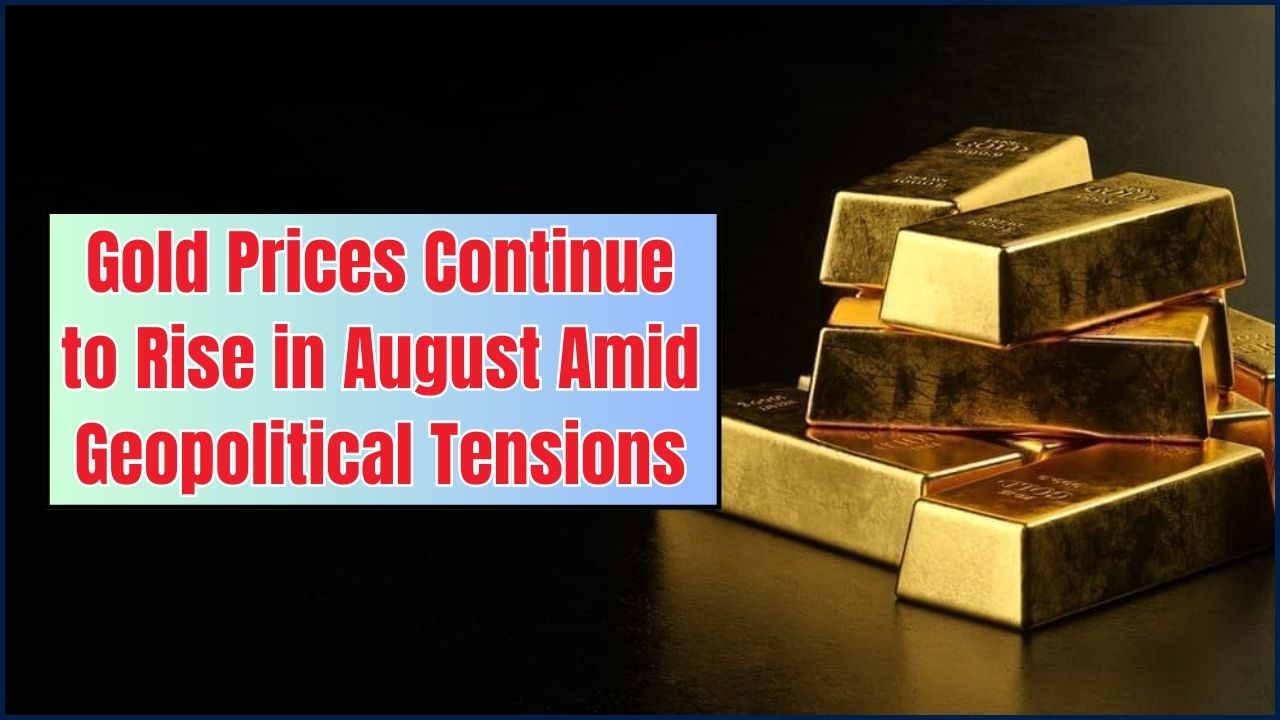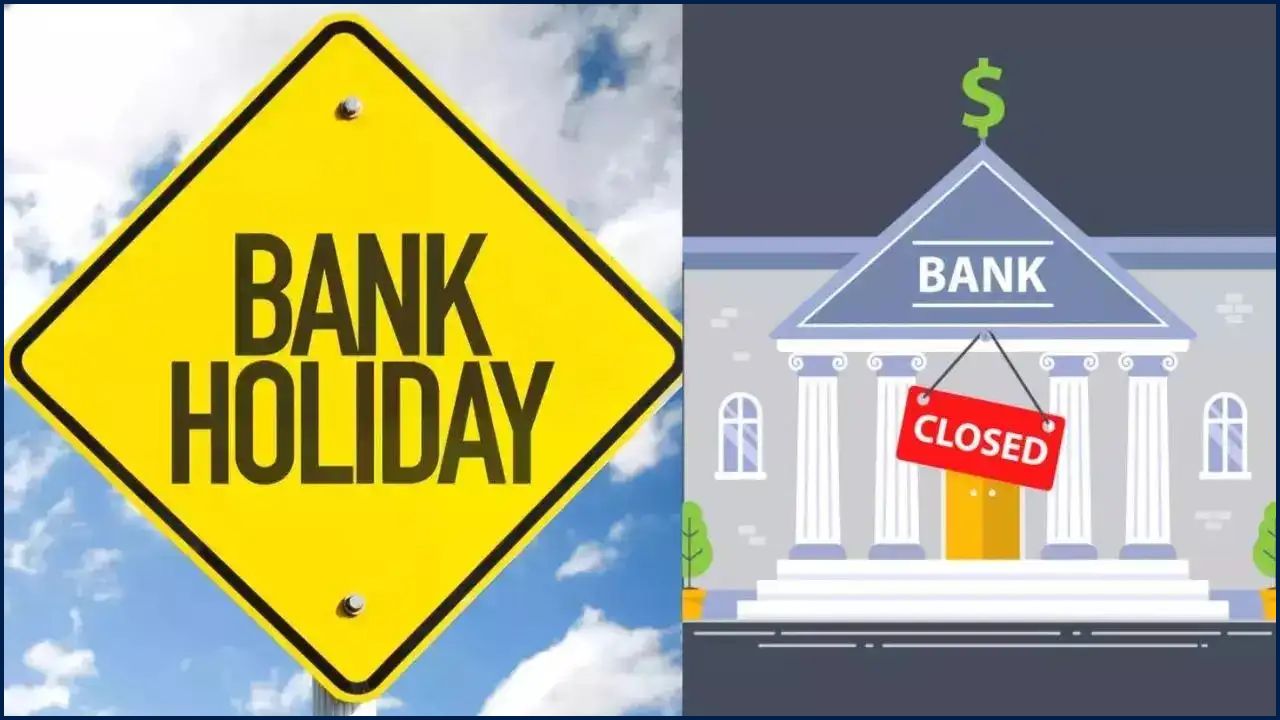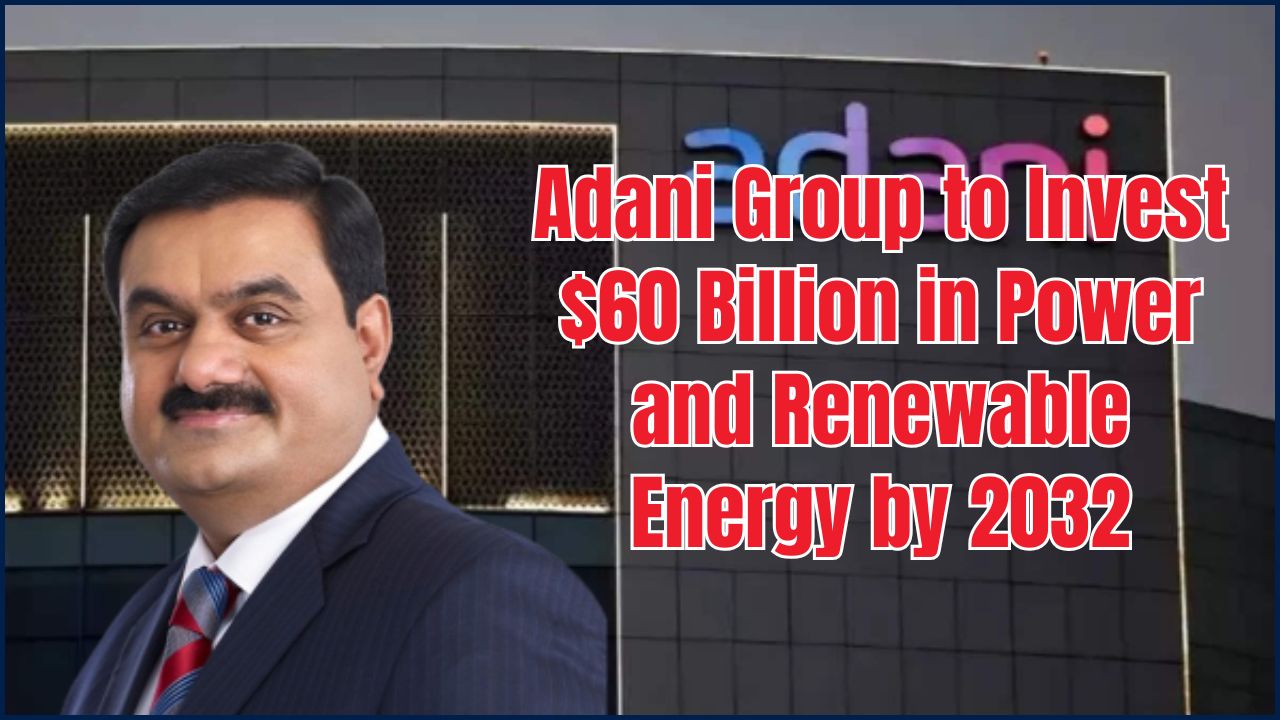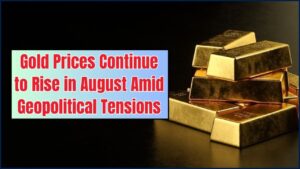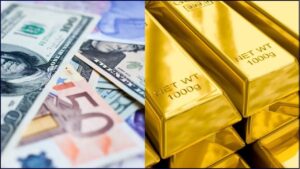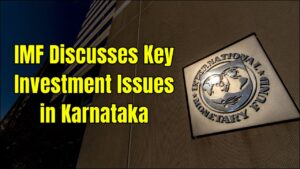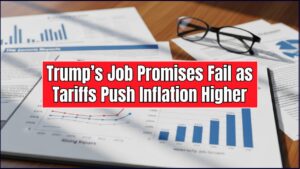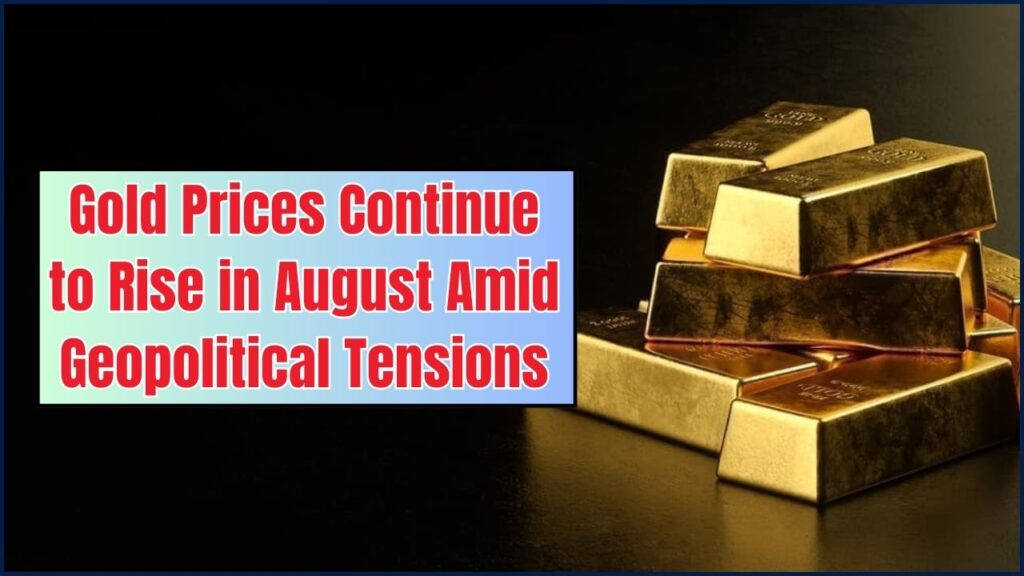
Gold prices continued to rise throughout August 2025, reaching record levels as investors turned to safe-haven assets in response to heightened geopolitical tensions and uncertainty surrounding U.S. Federal Reserve policy. The rally was supported by central bank purchases, weakening bond yields, and robust inflows into gold-backed exchange-traded funds (ETFs).
Geopolitical Instability and Monetary Policy Fuel Demand
The Gold Prices Rise rally in August was primarily driven by a convergence of geopolitical unrest and monetary policy uncertainty. Heightened tensions in Eastern Europe, ongoing trade disputes, and instability in the Middle East contributed to a broader shift in global investor sentiment.
In parallel, markets responded to growing speculation that the U.S. Federal Reserve may cut interest rates sooner than previously anticipated. The softening of U.S. inflation data and labour market signals in late August added to those expectations.
According to Reuters, spot gold prices rose by nearly 5% during the month, reaching $3,443 per ounce on 29 August—its highest level in over four months. Early September prices briefly touched $3,578.50, marking a fresh record.
“The market has been hypersensitive to any signal from the Fed,” said John Sharma, economist at the National Australia Bank. “This is a classic case of safe-haven flows combining with shifting rate expectations.”
Central Bank Buying and ETF Inflows Support Bullion Rally
Global central banks continued to bolster their gold reserves in August, further supporting prices. Data from the World Gold Council (WGC) show sustained monthly purchases by emerging market economies, including China, Turkey, and India. Analysts note that gold now plays a more strategic role in foreign reserves amid dollar volatility and weakening global growth projections.
Simultaneously, KW2 instruments such as gold ETFs experienced significant inflows. According to the WGC’s August update, North American and European ETFs collectively saw net additions of over $5.5 billion, reversing several months of outflows.
“With yields on U.S. Treasuries falling and real rates turning negative, the opportunity cost of holding gold is diminishing,” said Joseph Cavatoni, North American market strategist at the World Gold Council.
Emerging Markets React: Indian Gold Prices Hit New Milestone
India, the world’s second-largest gold consumer, also witnessed a surge in domestic prices. On 26 August, gold futures on the Multi Commodity Exchange (MCX) touched ₹100,950 per 10 grams, the highest in two weeks, according to The Economic Times. Analysts attributed the spike to global cues and increased retail investment demand ahead of the festive season.
The domestic market also responded to political developments in the U.S., including the controversial dismissal of Fed Governor Lisa Cook by President Donald Trump, which triggered concerns over the central bank’s independence.
“Uncertainty surrounding the Fed’s autonomy has intensified gold’s safe-haven appeal,” said Anuj Gupta, Head of Commodities & Currency at HDFC Securities.
Analyst Outlook: How High Can Gold Go?
Several financial institutions have revised their gold price forecasts in light of August’s surge. Goldman Sachs projects that prices could exceed $4,000 per ounce by mid-2026 if investor flows persist and inflation remains subdued. The bank’s base-case forecast stands at $3,700 by year-end.
Conversely, Citigroup maintains a more cautious stance. In its latest commodities outlook, the firm suggested that an improvement in global macroeconomic indicators could pull gold below $3,000 by early 2026. This aligns with KW3-focused analysis, which examines how shifting risk appetite could influence precious metals.
“We see a strong bull case, but also the possibility of a swift correction if geopolitical tensions ease and yields firm up,” said Daniel Hynes, senior commodity strategist at ANZ, speaking to Bloomberg.
Risks to Watch: Market Volatility and Policy Clarity
Despite strong fundamentals, the outlook for gold remains sensitive to external developments. These include progress in geopolitical negotiations, further clarity on U.S. monetary policy, and central bank communication.
The KW4 indicator—real interest rates—will be critical in determining whether the rally continues into Q4. A sharper-than-expected rebound in growth, or a hawkish policy pivot, could weaken bullion’s momentum.
Financial regulators and commodity exchanges are also monitoring speculative trading activity closely. In a 30 August bulletin, the Commodity Futures Trading Commission (CFTC) flagged a “significant increase in leveraged gold positions,” though it did not indicate immediate intervention.
Rupee Crashes to Record Low of ₹88.27 Against Dollar: Check Details
Conclusion
August 2025 reaffirmed gold’s role as a global hedge against systemic risk. With macroeconomic uncertainty and geopolitical instability unlikely to abate in the near term, investors may continue to allocate capital toward bullion. However, the sustainability of the current rally depends on a complex mix of central bank actions, market liquidity, and the broader geopolitical climate.


